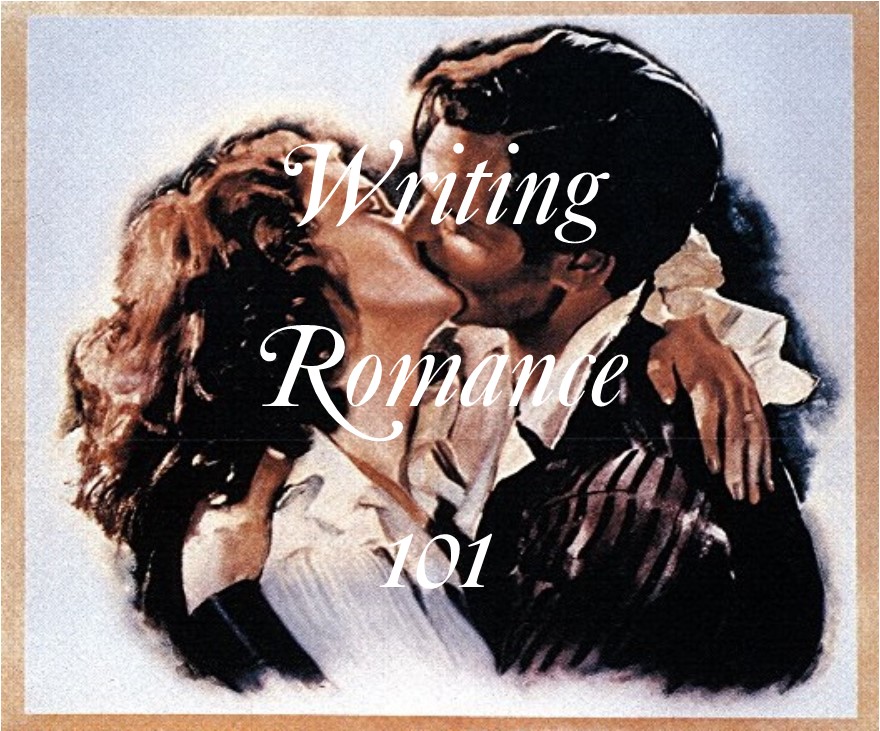
DON’T GO BREAKING MY HEART
Romance readers’ expectations: Finding the best setbacks and obstacles for my couple to overcome is one of my greatest…
February 23, 2025
Romance readers’ expectations: Finding the best setbacks and obstacles for my couple to overcome is one of my greatest…
February 23, 2025
All fiction readers come to their chosen stories with certain expectations. A mystery reader expects a puzzle to solve.…
November 23, 2024
Plotter or Pantser? Or Plottser? Outline or just start writing? Index cards or story map? The Hero’s Journey or…
May 23, 2024
Once upon a time, when I was new to fiction writing, I brought a chapter to my weekly workshop/critique…
February 23, 2024
Making your hero and heroine relatable is key to creating characters your readers will care about, will laugh with,…
November 23, 2023
So many personality types and traits and tools to figure them out. The Enneagram Myer Briggs The OCEAN Model…
February 25, 2023
Upon doing a search for romance novels that include a masquerade, I found that many romance novels include the…
October 23, 2022
The current writing trend is to have strong, independent female characters. These female characters can run a business and…
September 23, 2022
What is it about candlelight that makes a candlelight dinner so romantic? First of all, did you know that…
August 23, 2022
Let’s face it. The majority of romance readers, including me, prefer a happy ending. But does that mean the…
June 23, 2022
Let’s face it, even Christian men and women want to feel that spark of attraction in a romance novel…
March 23, 2022
Writers Chat, hosted by Jean Wise, Johnnie Alexander, and Brandy Brow, is the show where we talk about all…
February 28, 2022
What hole is in his heart? What hole is in her heart? This is where your romance story begins.…
June 23, 2021
Girl meets boy. Even though it’s obvious to the reader that they would make a perfect couple, they don’t…
May 25, 2021
Secondary characters are the seasoning in your story soup. Who can be secondary characters, or sidekicks? Often, they’re the…
May 23, 2021
Every book written begins with a promise. No matter if it is fiction or nonfiction, there is a promise…
October 23, 2020
This was a question I saw in the Twitter writing community and realized it is a challenge, especially in…
March 23, 2020
If you are writing a clean or Christian romance, you still need to build tension in your story. Depending…
January 23, 2020
As a little girl I was enthralled with the classic Disney tales of princesses finding their “Prince Charming” and…
December 23, 2019
Once upon a time a romance novel plot included a heroine who wanted the hero to kiss her, but…
November 23, 2019
What do you think about when you think of romance? Oh sure, there are the typical things like boy…
September 23, 2019
The fact that you are writing a romance it’s a given that your hero and heroine have to meet…
July 23, 2019
What’s in a name? That which we call a rose By any other word would smell as sweet ……
February 23, 2019
If you’ve been reading my column for any amount of time, you know it’s no secret that I am…
February 4, 2019
Have you ever wondered what the opposite sex is thinking while you’re thinking? Men, as a rule, think in…
December 23, 2018